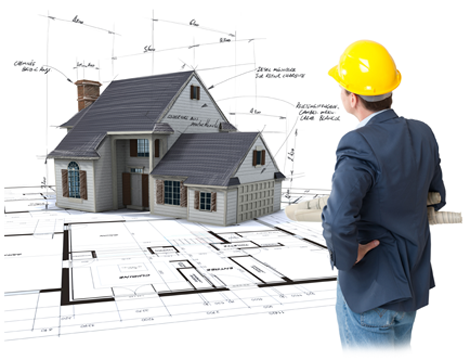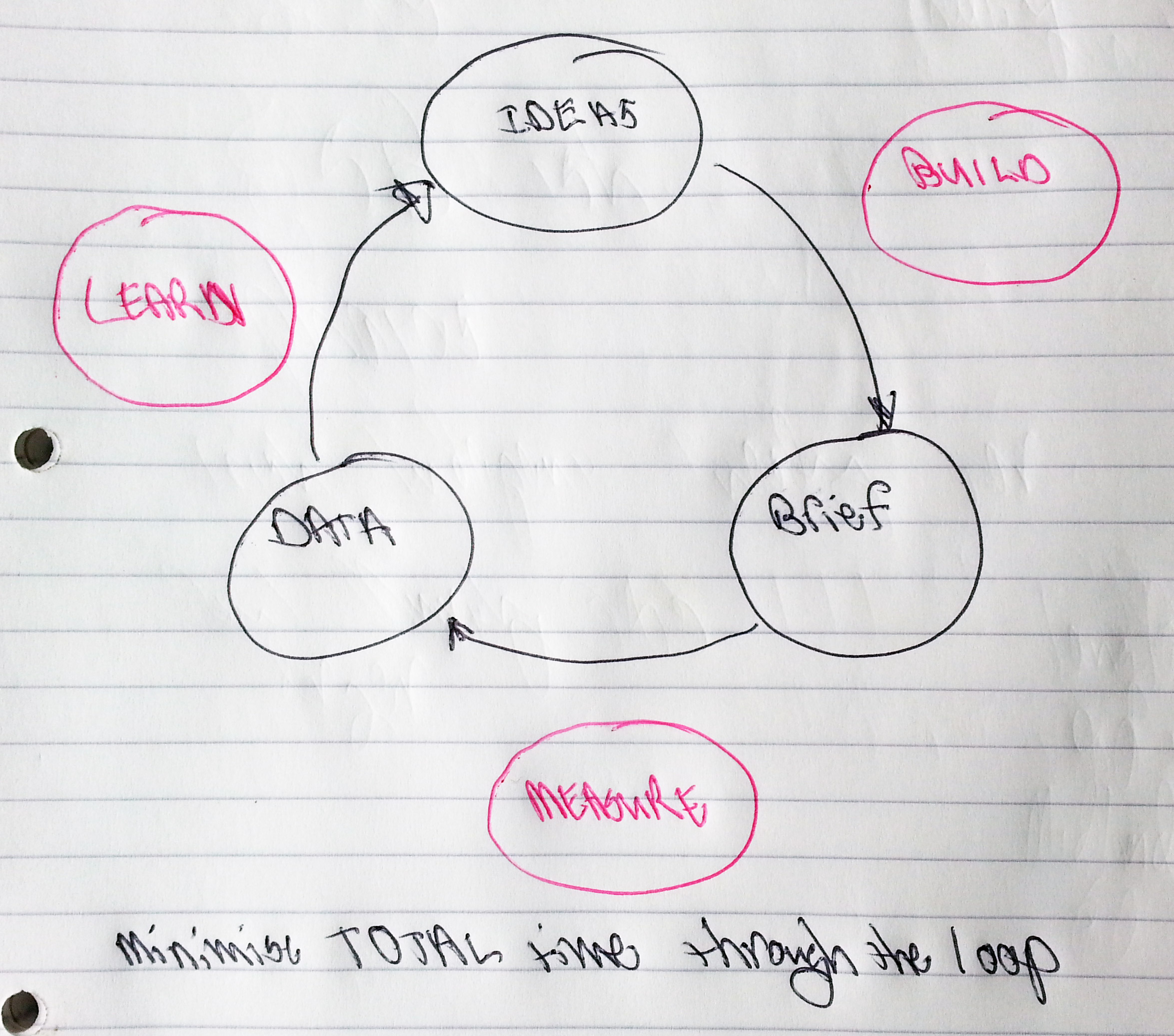In my last post I walked through the various stages of the process for my own house build. In this post I’m going to examine the first two stages in detail and propose a new ‘Developing an Architectural Brief’ process which should improve the quality of the resulting architectural brief and deliver it in a much shorter time-frame.
- Appointing an architect
- Developing the Brief
What actually happens?
In reality the first two stages do not happen sequentially as most architects will tell you. The problem is that the architect can’t be selected until there is an initial brief or vision of what is to be built. However most clients don’t know what’s required in a brief and so a lot of this initial effort will be wasted and will have to be redone when the architect is finally selected.
Most clients when they start off do not understand the details and the process of building a house or what they want to build. And so they will first contact some architects. The first architect will ask, ‘what do you want to build?’ to which the client will discuss in a general way their vision for the project. As they discuss the project with more architects, the brief will become clearer and more concrete. The act of sharing and discussing their brief with other people forces them to think more clearly about what they want to build and also helps to validate it. An architect may highlight a specific issue which the client may not have thought about which leads to an incremental improvement to the brief or even to a change in direction.
The big issue with this approach is that there is a lot of wasted effort in terms of time and duplication of effort. For example each architect will probably ask similar questions. There will be lots of phone calls, emails and documents going back and forward. In my own case it took a couple of months and 7-8 interviews to complete this process which is excessive. What we really need is a standard process which could be completed for a typical house in a week or two.
Lean Startup – Build Measure Learn
I’m a big fan of the Lean Startup approach to building businesses and products. A key principle of Lean Startup is the Build-Measure-Learn (BML) loop. The idea of the loop is that you do a small piece of work on your idea or product, share it with other members of the team or customers and based on the feedback received you learn what works and doesn’t work. The original idea is then modified and the loop is repeated. This cycling through the loop continues until you are happy with the outcome. The aim is to minimise the total time through the loop.
Apapting to the ‘Developing an Architectural Brief’ process
Adapting the Lean Startup BML loop to the ‘Developing an Architectural Brief’ process, there are three main stages;
- Ideas – the first stage is the ideas stage where you collect your initial thoughts on what you would like to build. The ideas may come from answers to the standard architect questionnaire, things you like in a previous house you lived in, buildings you have visited, architects you like, etc…
- Brief – the second stage uses a standard architectural brief template to create an initial version of the brief based on these ideas.
- Data – in the third stage this initial version of the brief is then reviewed by the client and may be shared with family members or friends.
- Ideas – the client then takes all feedback from their family and friends and what they like or works in the initial version of the brief and uses this information to create the second version of the brief.
- Repeat steps 2, 3 and 1 as often as required
The brief can also be shared with a selected list of architects and based on their feedback (either through email and/or interview) the brief is updated until the client is happy.
After interviewing the selected architects the client should have a complete architectural brief which they can move forward with. The next stage is ask each of the architects for a project proposal based on this final brief. After selecting an architect and agreeing terms the project can then move forward to the Design and Planning Stages.
So my question to you is; would this new process work for you and is it an improvement over what you currently do? I’d love to hear your comments and feedback.


Trackbacks/Pingbacks